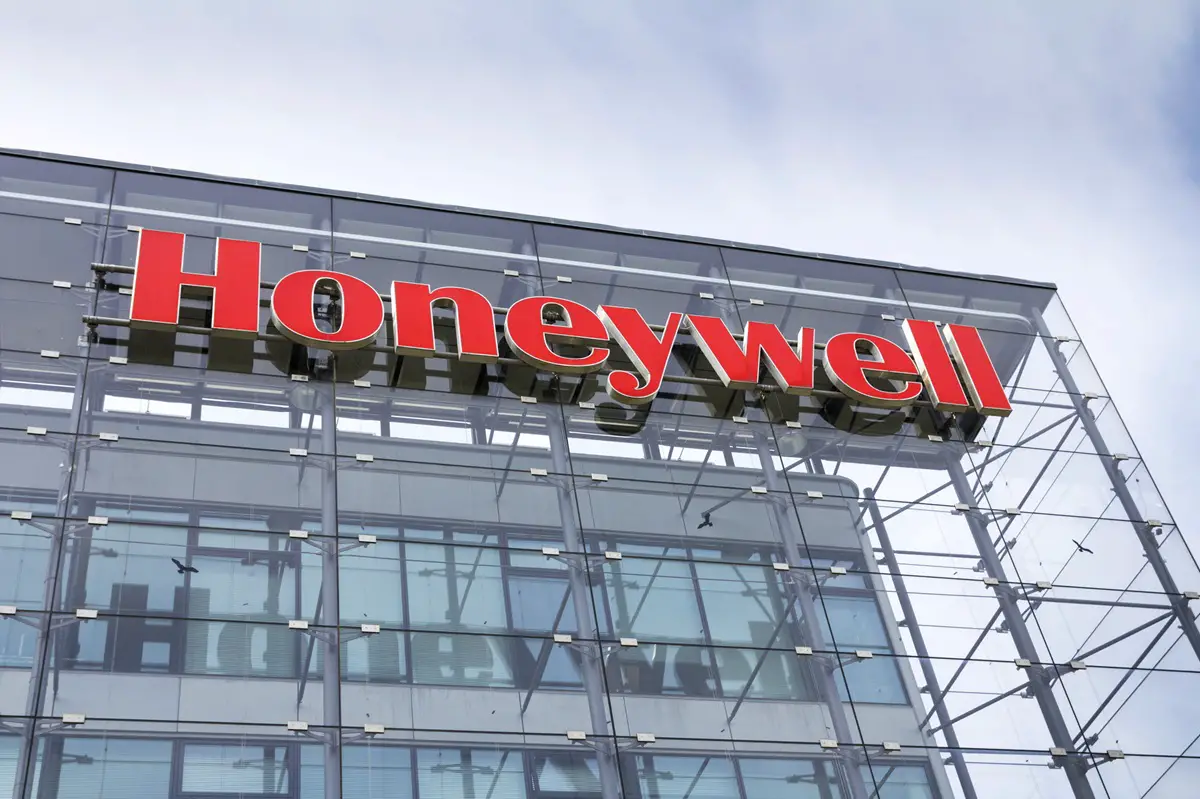
Honeywell Technology launches the first ever Liquid Organic Hydrogen Carrier project
February 13, 2024The company is aiming to use clean H2 as an efficient, safe and effective way of storing energy.
Honeywell Technology has just announced that leading Japanese energy company ENEOS will develop the first Liquid Organic Hydrogen Carrier (LOHC) project in the world at a commercial scale, and it will be using Honeywell’s solutions at several locations.
The Honeywell LOHC solution makes it possible to transport clean H2 over long distances.
The idea is to use the liquid organic hydrogen carrier solution to enable the type of long-distance H2 transportation that will be needed to meet the rising demands for this clean energy across a number of industries worldwide. It will do so by using an updated version of exiting infrastructure and refining assets. H2 demand is expected to see substantial growth in coming years due to its role in global decarbonization efforts.
The LOHC project is in alignment with the company’s portfolio of three massive trends that are taking off explosively, which include the future of aviation, automation, and the energy transition.
The liquid organic hydrogen carrier project is only one of several Honeywell has lined up with ENEOS.
“With more cost-effective long-distance transport, our Liquid Organic Hydrogen Carrier provides a method of more closely matching international supply and demand for hydrogen which enables hydrogen to play a critical role in the energy mix as we move toward lower-carbon economies,” said Honeywell Energy and Sustainability Solutions president and CEO Ken West.

Credit: Photo by depositphotos.com
“By providing solutions to help overcome the challenges of hydrogen transportation, Honeywell is supporting ENEOS in transitioning to a hydrogen-powered future.”
The Honeywell Toluene Hydrogenation process
The LOHC solution uses the Honeywell Toluene Hydrogenation process to chemically combine H2 as a gas with methylcyclohexane (MCH), which acts as a convenient carrier with compatibility with existing infrastructure.
The H2 will be liquefied at the sites for the purpose of export, similar to the way petrochemical products are produced and shipped out. They will be sent to ENEOS in Japan in MCH form. Once it arrives, the Honeywell MCH Dehydrogenation process will be used to recover the H2. The toluene is then returned to Honeywell to be reused in the same process.
Ready to test your knowledge on the most abundant element in the universe? Take our fun and engaging Hydrogen Quiz now! [forminator_quiz id=”58712″]



 With over 15 years of reporting hydrogen news, we are your premier source for the latest updates and insights in hydrogen and renewable energy.
With over 15 years of reporting hydrogen news, we are your premier source for the latest updates and insights in hydrogen and renewable energy.